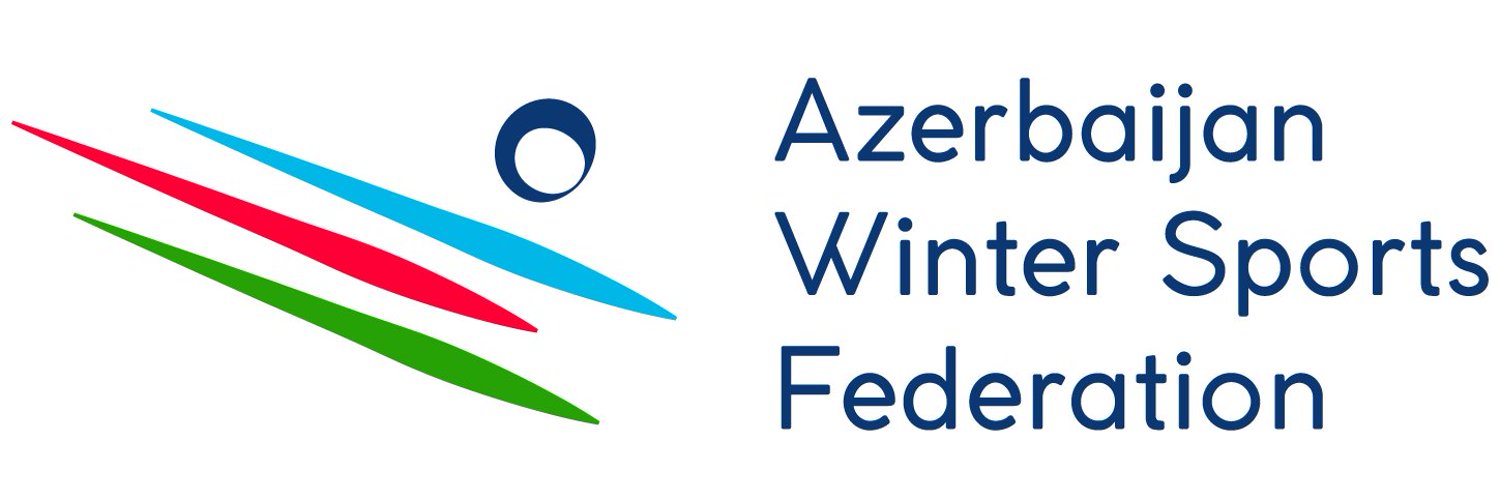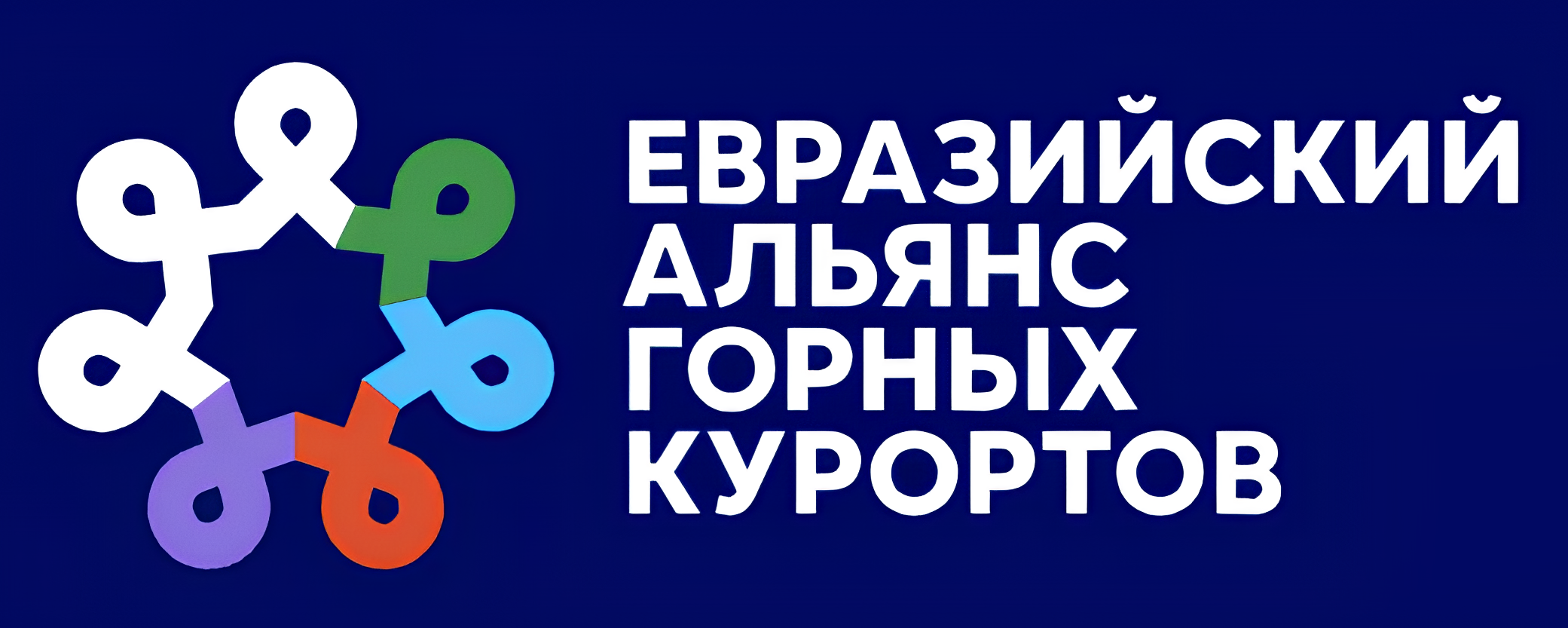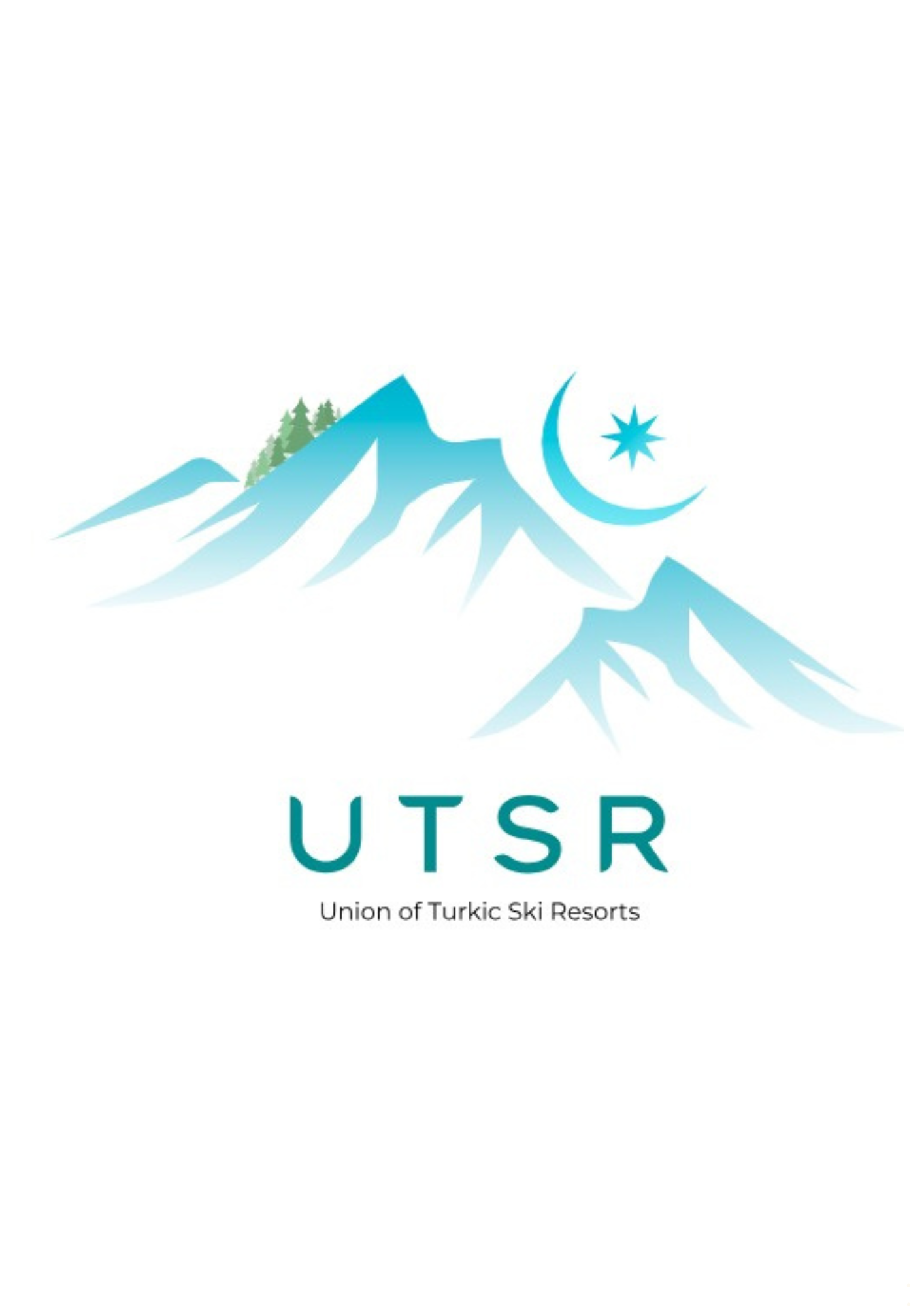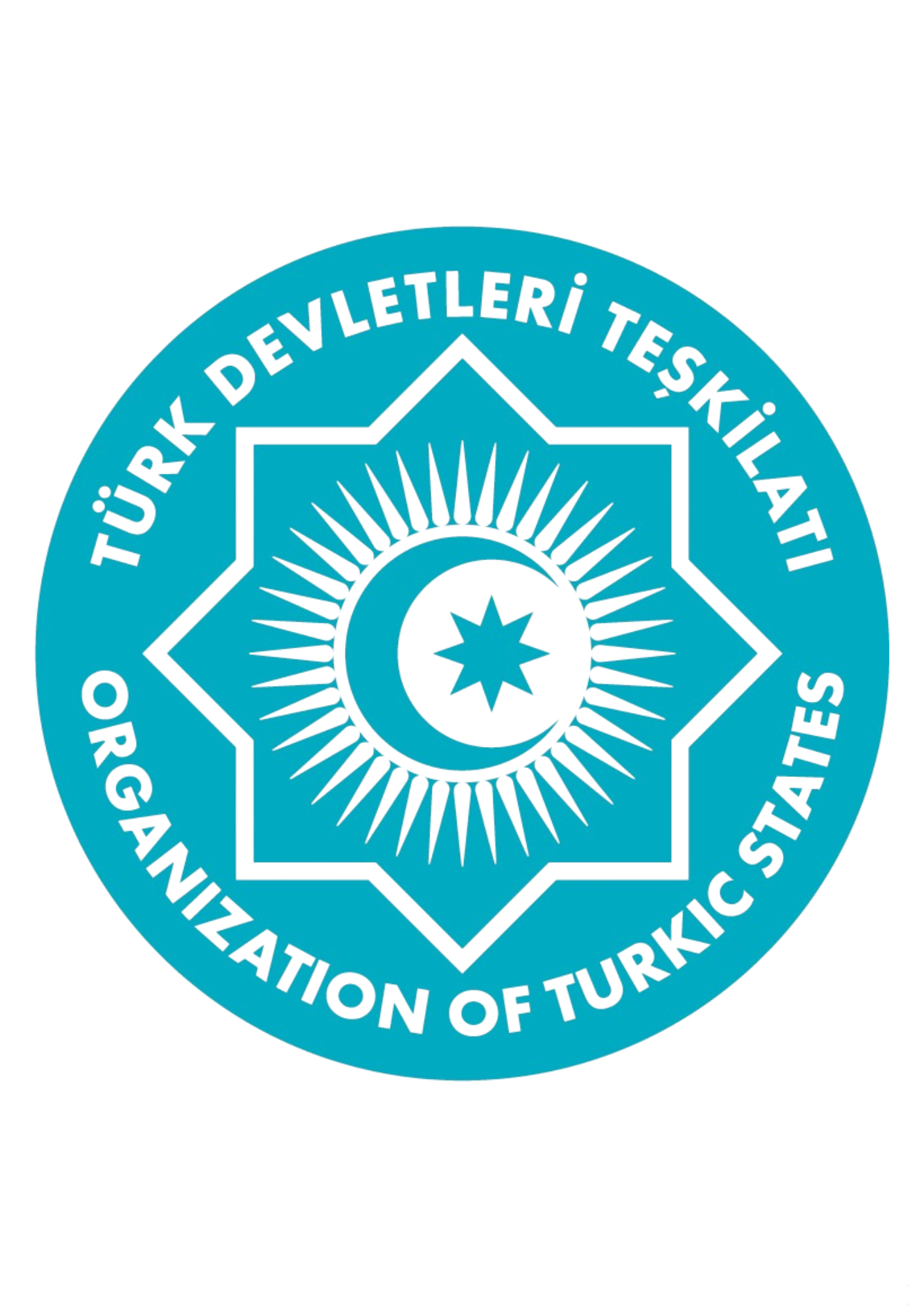The rules of behavior on the territory of the Shahdag Mountain Resort.
These rules are mandatory for all visitors and guests without exception, who are present on the territory of the Shahdag Mountain Resort.
1. By purchasing a ticket or pass and/or entering the slopes, the visitor confirms that they are fully acquainted with and agree to the rules of behavior at the Shahdag Resort. They also confirm that they have no medical contraindications for participating in skiing, possess basic skills for safe skiing (or snowboarding), and are participating at their own risk. The visitor should understand that skiing involves an increased risk of injury and must independently assess their physical abilities, adapt to weather conditions, the difficulty level of the chosen trail, their skiing or snowboarding skills, and skiing conditions in general. The visitor also assumes responsibility for any consequences resulting from skiing.
2. It is prohibited for individuals under the influence of alcohol or narcotics to be in the skiing area or to use ski lifts.
3. Visitors are obligated to choose a speed and trajectory of movement that allows them to stop at any moment. To achieve this, visitors must first inspect the intended trail for skiing.
4. It is prohibited to be on slopes or in areas where snowmaking or machinery operations are in progress.
5. Descending from skiing slopes (including side and reverse slopes) using equipment other than alpine skis or snowboards is prohibited.
6. Skiing on slopes that are unprepared ("wild"), closed, or slopes without lighting, slopes not designated for skiing, and slopes without tow cable cars is prohibited.
7. Being in the skiing area without a protective helmet is prohibited. Riding on snow structures, ramps, trick features, etc. is prohibited without additional special joint and spine protection to prevent injuries from falls.
8. Skiing on snow structures, ramps, and trick features is prohibited without special sports training and prior knowledge of their location, difficulty, and usage guidelines.
9. The responsibility for the well-being and behavior of underage children lies with their parents. All children under 12 years old must be accompanied by adults.
10. It is forbidden to go beyond the boundaries of the skiing areas. These areas are marked by the line of lighting poles, closed with protective mats of red or orange color, and may also be indicated by barriers or signs. It should be noted that protective devices do not provide a 100% guarantee against the risk of injury.
11. Walking uphill or downhill on the slopes is prohibited.
12. Visitors with a low level of skiing (snowboarding) skills are recommended to use the services of the ski center's instructor service for learning safe skiing (snowboarding) skills and to practice on the training slope.
13. Visitors and the staff of the Shahdag Mountain Resort must be mutually polite, take care of the resort's facilities and equipment, maintain cleanliness and public order, and adhere to the requirements of these rules.
14. Visitors have the right to use paid services after prepayment at the complex's cash register according to the price list.
15. Visitors are prohibited from:
- Using or distributing narcotics on the complex's premises.
- Consuming food and alcoholic beverages in the complex's buildings, except in designated areas.
- Allowing children under 12 years old to be on the premises of the Shahdag Mountain Resort without adult supervision.
- Littering and relieving themselves in areas not designated for such purposes.
- Carrying glass and metal items on the skiing slopes (anything in glass or metal containers).
- Descending from the slopes using equipment other than alpine skis or snowboards.
- Descending or traveling on slopes that are not designated for skiing.
- Walking uphill on the slopes and being on the slopes without special skiing equipment.
- Going uphill or downhill on the slopes without skis, except in cases of extreme necessity (injury, equipment damage, assisting others).
- Skiing in the area of the youth sports school training and competition zones, as well as in unprepared and unauthorized areas of the ski resort.
- Riding snowmobiles, ATVs, and other motorized vehicles on the entire territory of the ski resort, except for technical and rescue services of the resort.
- Riding on sleds, sledges, toboggans, cross-country skis, ice skates, snowskates, or other devices in the skiing areas of the Shahdag Mountain Resort.
- Walking, cycling, motorcycling, quad biking, or using other devices on lawns and slopes (in the summer).
- Building jumps on the skiing slopes, as well as installing slalom poles without authorization.
- Moving equipment placed on the complex's premises (benches, signs, trash cans, etc.).
- Bringing animals onto the complex's premises.
- Bringing any type of weapons, flammable, explosive (including pyrotechnic items), highly flammable, toxic, poisonous, and foul-smelling substances, sharp and cutting objects, gas canisters.
- Entering the building in dirty clothing that may soil the clothing of other visitors.
- Climbing on fences, lighting fixtures, ski lifts, load-bearing structures, and other elements of buildings and structures.
- Damaging the equipment, gear, premises, and facilities of the complex.
- Making any inscriptions on the complex's premises or building walls.
- Placing leaflets, advertising banners without prior approval from the complex's administration.
- Engaging in actions that degrade or insult human dignity.
- Starting fires (except for designated areas for barbecues).
- Cutting or breaking trees and shrubs.
- Smoking in public areas and indoor spaces of the complex.
ATTENTION!!!
On the premises of the Shahdag Mountain Resort, any activity related to providing skiing and snowboarding training services to visitors of the leisure center, conducted by individuals WHO ARE NOT PART OF THE STAFF OF THE SHAHDAG MOUNTAIN RESORT and who have entered the premises (slopes) as visitors by purchasing an access card (ski pass/season pass), is strictly prohibited. Access cards (ski passes/season passes) are sold exclusively for personal skiing and do not grant the holder the right to engage in commercial activities on the premises of the ski resort. In case of any signs of such activity, the Administration of the resort reserves the right to deny the use of cable car services to individuals providing skiing training services, without refunding the cost of the access card.
Any commercial and advertising activities on the premises of the ski resort that are not coordinated with the Administration are prohibited.
16. It is not recommended to leave children unattended.
17. In case of injury or other damage on the premises, visitors should seek assistance at the medical center of the Shahdag Mountain Resort (see the map).
18. In case of smoke or fire, please inform the staff immediately.
19. If suspicious items, unattended belongings, documents (do not touch them), or any other concerns are discovered, promptly report them to the staff.
20. The administration of the complex is not responsible for unattended belongings.
21. Visitors who do not comply with these rules and behave in an anti-social or disruptive manner may be removed from the premises by police officers, security personnel, or authorized employees of the complex while performing their duties. (Anti-social behavior implies indifference to social interactions and differs from anti-social behavior, which openly displays hostility towards all people)
22. Visitors are fully responsible for any damage caused to the complex due to their actions (or inaction), as well as for any harm caused to other visitors and their property, in accordance with the laws of the Republic of Azerbaijan and these Rules. The cost of damaged property must be fully compensated.
23. Visitors who engage in deliberate unlawful acts, violate the Rules, intentionally damage the property of the ski center and third parties, or cause harm to the health of third parties during downhill activities, will be held accountable in accordance with the current legislation of the Republic of Azerbaijan. Violators may be required to reimburse the cost of property damage and the harm caused to the lives and health of other visitors.
24. The administration of the ski resort is not responsible for the consequences resulting from visitors' violations of these Rules, other mandatory regulations in effect at the ski resort, for damage caused to visitors by the actions of third parties on the premises of the ski resort, or for the health and potential accidents while skiing or being on the slopes and premises of the ski resort (injuries, bruises, etc.).
ACTIONS FOR CUSTOMERS IN FORCE MAJEURE CIRCUMSTANCES:
In case of a power outage (lights) and/or a ski lift stop, you should IMMEDIATELY stop and wait for further instructions from the staff of the Shahdag Mountain Resort.
Rules for Safe Behavior on the Slopes of Shahdag Resort.
To prevent accidents on the slopes, the International Ski Federation (FIS) has developed safety rules that are mandatory for all skiers and snowboarders at Shahdag Resort.
FIS - Rules for Skiers and Snowboarders.
Rule 1. Respect Others.
A skier or snowboarder must conduct themselves in a way that does not endanger or harm others. The skier or snowboarder is responsible not only for their behavior but also for the condition of their sports equipment. This also applies to the use of new equipment and recent innovations.
Rule 2. Control of Speed and Direction.
A skier or snowboarder must move in a controlled manner. Their speed and descent style must correspond to their personal abilities and the prevailing conditions: the slope, snow conditions, weather, and the number of people on the slope. Collisions often occur when skiers or snowboarders are moving too fast and not paying attention to their surroundings. Skiers or snowboarders should be capable of stopping, turning, and maneuvering within their field of vision. In crowded areas or where visibility is limited, such as near ski lifts, a skier should ski slowly, especially at the edge of steep slopes and in the lower part of the trail.
Rule 3. Choice of Route.
A skier or snowboarder approaching from behind must choose their path in a way that does not endanger the skier or snowboarder ahead. Alpine skiing and snowboarding are free sports, where everyone can go wherever and however they like, provided they adhere to these rules and adjust their skiing to their abilities and the slope conditions. A skier or snowboarder moving ahead has the right of way. A skier or snowboarder traveling behind another in the same direction should maintain a safe distance to allow the skier ahead to move freely.
Rule 4. Overtaking.
A skier or snowboarder overtaking another skier is fully responsible for ensuring that the maneuver they perform will not create any difficulties for the skier they are overtaking. This responsibility remains with them until the overtaking is completed. This rule also applies when overtaking a stationary skier.
In the event of a risk of collision. If it is possible to collide with a skier, you should alert them with a short and loud shout. If necessary, repeat. Voice signals on slopes and trails do not grant any right to precedence or priority.
Rule 5. Exiting, Starting, and Moving Uphill on the Slope.
A skier or snowboarder exiting onto a marked trail, starting after stopping, or moving uphill on the slope must look uphill and downhill to ensure they can begin moving without creating danger for themselves and others. Experience shows that entering the trail and starting after stopping are often the causes of accidents. It is extremely important for a skier or snowboarder to enter the trail carefully and attentively, without causing interference or endangering themselves and others. When a skier has started moving, even slowly, they have the right of way, according to Rule 3, over faster skiers approaching from above or behind. The development of carving skis and snowboards allows users to turn and move uphill on the slope. Therefore, they travel in the opposite direction to the main flow heading downhill. They must ensure that they can do this without endangering themselves or others.
Rule 6. Stopping on the Slope.
Except in cases of extreme necessity, a skier or snowboarder should avoid stopping on the slope in narrow areas or where visibility is limited. After a fall in such places, a skier or snowboarder must gather their equipment and clear the slope as quickly as possible. Unless the trail is very wide, stops should be made at the edge of the trail. A skier or snowboarder should not stop in narrow areas or places where they would be difficult for others to see from above.
Rule 7. Ascent and Descent Without Skis.
A skier or snowboarder ascending uphill, whether with or without skis, as well as descending without skis, must stick to the edge of the trail. Movement against the main direction can create unexpected obstacles for skiers and snowboarders. Footprints damage the slope and can create a danger to skiers and snowboarders.
Rule 8. Observe Signs and Markings.
A skier or snowboarder must observe the signs, markings, and barriers on the slope. Slopes may have signs indicating direction, warning of danger, and/or trail closures. Signs for trail closures and danger warnings must be clearly visible. Skiers and snowboarders must understand that warning signs and barriers are placed for their benefit.
Rule 9. Assistance.
In the event of an accident, it is the duty of every skier or snowboarder to provide assistance to the injured. This is a fundamental principle for all skiers and snowboarders, and they must assist the injured in case of an accident, regardless of whether they are legally obligated to do so. Immediate first aid must be provided, the relevant ski resort services should be notified, and the location of the accident should be marked to warn other skiers.
When providing assistance to the injured, the area of their fall should be cordoned off using available means (using hand signals, voice, crossed skis in the snow, etc.). Transporting the injured individual without the knowledge of the ski resort's medical services is prohibited.
Rule 10. Identification.
All skiers, snowboarders, and witnesses, regardless of their involvement in an incident on the slope, must inform the administration of the ski resort about the accident and exchange names and addresses with each other after the incident. Witnesses are essential for compiling a detailed and accurate incident report. Therefore, everyone should remember that they are obligated, as responsible individuals, to provide information about what they witnessed. An incident report may be prepared by the resort's administration in the presence of witnesses, at the request of the injured party, with the data of all participants in the collision.
Rules for the Use of Ski Lifts at Shahdag Resort.
1. When passing through the ski lift, present your ski pass to the scanning device, wait for the permitting green light, and read the information on the lighted display about the remaining number of passes.
2. Admission of preschool and primary school-age children is the responsibility of parents or accompanying individuals.
3. The ski lift can only be operated by the resort's service personnel.
4. The ski lift can be stopped by any person who notices an emergency situation by pressing the "Stop" button.
5. Attaching to the chair should only be done in the loading area. When boarding, ski poles should be held in one hand, and the straps (loops on the poles) should not be worn on the wrist. Snowboarders, when approaching the loading area, are recommended to free one foot from the binding.
6. During the ascent, it is prohibited to make turns. Ascend directly along the path of the ski lift, standing directly under the towrope.
7. In no case should you detach yourself arbitrarily outside the unloading area, especially near the lift supports. If the chair becomes entangled with the support due to such detachment, it may lead to the breakdown of the ski lift for an extended period.
8. Outside the loading area, on the entire lift route, do not allow anyone to "join" you. This inevitably leads to a change in the direction of movement and can result in injuries. Moreover, changing the direction of movement is simply not recommended for the lift mechanism.
9. When releasing the chair in the unloading area, make sure that there is no one in its path. In case of danger, try to warn others.
10. After releasing the chair in the unloading area, immediately move aside. By doing so, you clear the path for others and avoid the risk of getting injured by the following chair.
11. The use of sleds, snowmobiles, and other equipment, both independently and while being towed by a skier, is prohibited. Additionally, using the lift without skis or a snowboard is not allowed.
12. Admission of underage children to use the lift is the responsibility of parents or accompanying individuals. Children under 12 years old are not allowed to use the lift without adult supervision.
13. Follow the instructions of the personnel operating the lifts.
14. When moving along the lift route, follow the specially placed signs.
15. In the event of an accidental detachment from the chair, immediately clear the lift route to avoid being hit by another skier ascending.





